Licensed – Bonded – Insured
Monday – Saturday 8:00am to
6:00pm
Monday – Saturday 8:00am to
6:00pm
Give Us A Call (301) 416-8331
All new Water Treatment Equipment we install come with a One (1) Year Parts and Labor Warranty and a 100% Performance Guarantee! Printable Warranty PDF here:
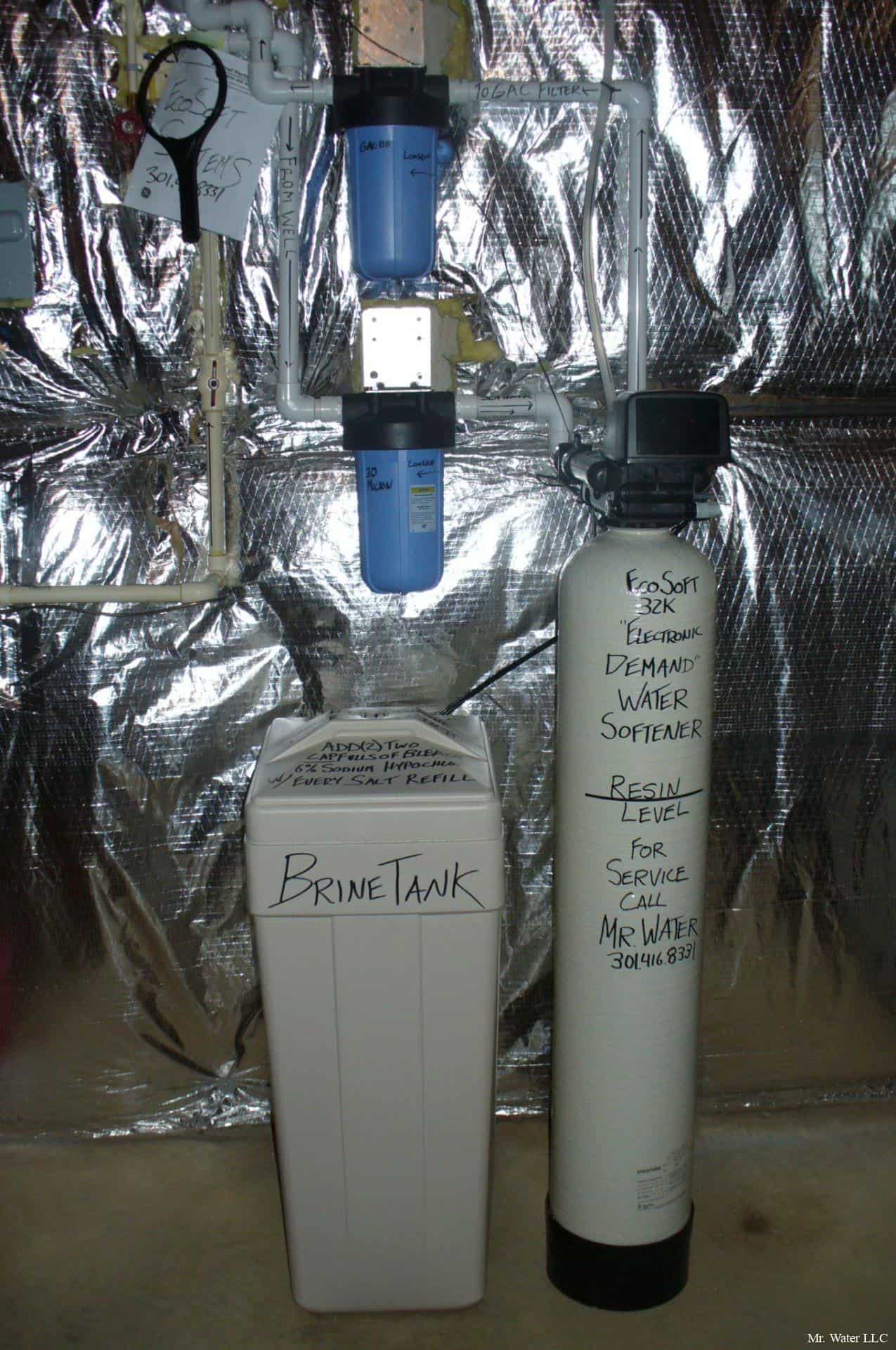
Water softeners are crucial devices for improving water quality by reducing hardness and removing other unwanted ions. Here's a breakdown of the process:
Ion Exchange: This is the fundamental principle behind water softening. The water softener contains resin beads with sodium ions attached to their surface. As hard water flows through the resin bed, the resin beads attract and hold onto the calcium, magnesium, iron, and manganese ions, exchanging them for sodium ions.
Hard Water: Hard water contains high concentrations of calcium (Ca2+), magnesium (Mg2+), iron (Fe2+), manganese (Mn2+), and sometimes other minerals. These minerals can cause scaling in pipes and appliances, decrease soap effectiveness, and leave deposits on fixtures.
Resin Beads:
These are the key components of a water softener. They are typically made of polystyrene and contain sulfonate groups that attract the positively charged ions in hard water.
Regeneration:
Eventually, the resin beads become saturated with calcium, magnesium, and other ions, and they need to be regenerated. This is done by flushing the resin bed with a brine solution (a highly concentrated saltwater solution), which displaces the calcium, magnesium, and other ions, replacing them with sodium ions. The displaced ions are then flushed out of the system along with the excess brine.
Sodium or Potassium: While sodium is the most common ion used for regeneration due to its cost-effectiveness, potassium can be used as an alternative for people on low-sodium diets or for those concerned about sodium intake. The ion exchange process works similarly with potassium ions.
Overall, water softeners play a vital role in improving water quality, protecting plumbing systems and appliances, and ensuring the effectiveness of soaps and detergents.
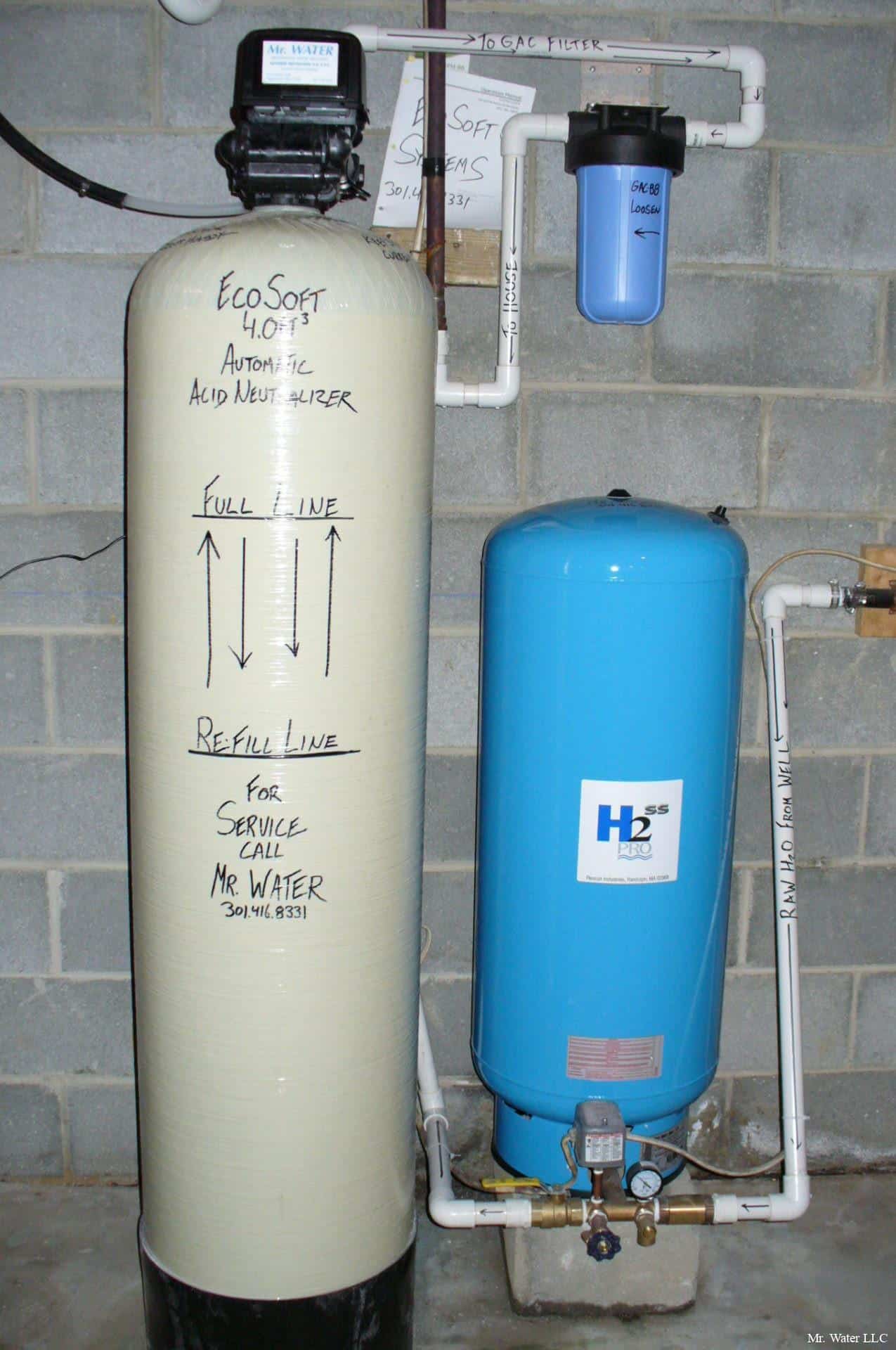
Acid Water Neutralizers are essential for addressing the corrosive nature of low pH well water. By passing the acidic water through an acid neutralizer tank, the minerals calcite and magnesium oxide dissolve into the water, effectively raising its pH to a more acceptable range, typically between 7 and 8.5 pH. This process helps to neutralize the acidity and reduce the corrosive effects on plumbing fixtures and appliances, ultimately improving the overall water quality.
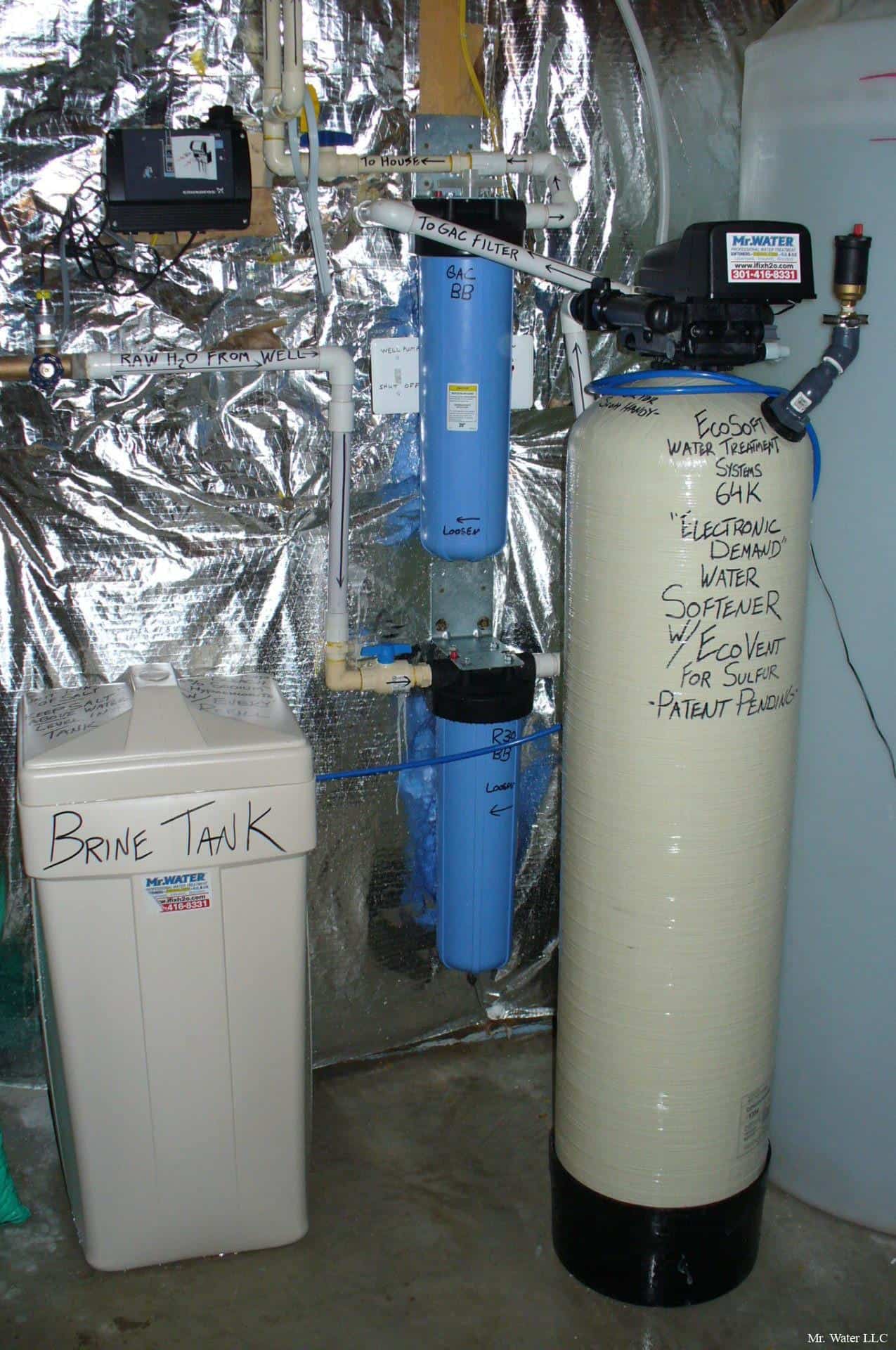
Sulfur water, or hydrogen sulfide (H2S), is a common issue in some well water sources, characterized by its distinctive smell reminiscent of rotten eggs. While the gas itself is colorless, its presence in water can create a very unpleasant odor. Hydrogen sulfide can pose health risks at high concentrations, it can also be flammable, and it's corrosive to many metals, leading to tarnishing of silverware and other metal items. Additionally, the presence of iron in well water can exacerbate the problem, causing staining of plumbing fixtures and laundry with unsightly brown or black discoloration. Treating sulfur water typically involves the use of specialized aeration systems or chemical treatment methods to remove the hydrogen sulfide and mitigate its effects.
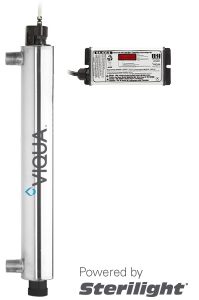
The Ultraviolet Light (UV) process offers a practical and safe solution for effectively disinfecting well water that may contain harmful bacteria and viruses. This method typically involves the use of at least one 254nm UV bulb, a quartz sleeve, a reaction chamber, a ballast, and in some systems, an intensity monitor and a normally closed solenoid valve. UV light works by penetrating the cells of microorganisms present in the water and disrupting their DNA, rendering them unable to reproduce and causing them to become inactive. Maintaining a UV disinfection system is relatively easy, and it's known for its reliability. Regularly replacing the UV bulbs and cleaning the quartz sleeve are essential maintenance tasks to ensure optimal performance. By utilizing UV light technology, homeowners can achieve peace of mind knowing that their well water is effectively disinfected without the use of chemicals, providing a safe and reliable water supply for their household.
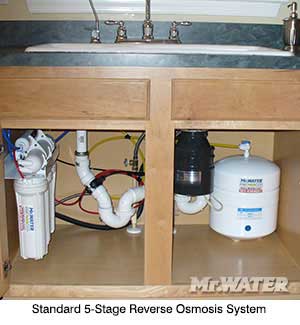
The Reverse Osmosis (RO) process, initially explored for industrial desalination of seawater at UCLA over 75 years ago, has since been adapted to treat smaller volumes of water for household drinking and cooking purposes. In this process, water is pushed under household water pressure through a semipermeable membrane, which selectively allows water molecules to pass through while blocking impurities such as salts, minerals, and contaminants. The treated water is collected and stored in a special 2-3 gallon holding tank dedicated to clean water. Meanwhile, the reject water containing the removed substances is discharged down the drain. Typically, a single faucet is installed at the kitchen sink for easy access to the purified water. Additionally, a line can be connected to the refrigerator's ice maker or cold water dispenser, ensuring access to clean water throughout the household. RO systems have become a popular choice for homeowners seeking high-quality drinking water free from contaminants. They offer an efficient and reliable method of water purification, providing households with safe and great-tasting water for consumption and cooking.
Mr. Water Professional Water Treatment of Maryland is a LOCAL full service water softening and conditioning company. We have been serving the water filtration and purification needs of residential and business customers since 2005.
Our service area includes Central Maryland, West Virginia Panhandle, Northern Virginia, and Southern Pennsylvania.
(301) 416-8331
1-888-434-9426
411 Guilford Avenue
Hagerstown, MD 21740
info@ifixh2o.com
Do you need to get your water fixed? You found the right place! Please complete our “Contact Us Form” and we will get back to you ASAP!
Our Mission Statement
Mr. Water Professional Water Treatment of Maryland is committed to providing the highest quality water softening and conditioning products and services to our customers. Our goal is to advance the science of water filtration and purification thru innovative and patented products that improve the quality of our customers’ water by adhering to the ethical standards we espouse. The need for clean clear potable water is fundamental to all existence on earth and this precious resource touches every aspect of our daily lives. This gives our company an opportunity to make a positive difference in our community by raising awareness of water quality problems and educate our customers and employees in the best ways to solve them.
Copyright © 2006-2024 Mr. Water LLC™
All trademarks are the property of their respective owners. Mr. Water Professional Water Treatment ™ of Maryland treats all personal information in a confidential manner based on the highest ethical standards.